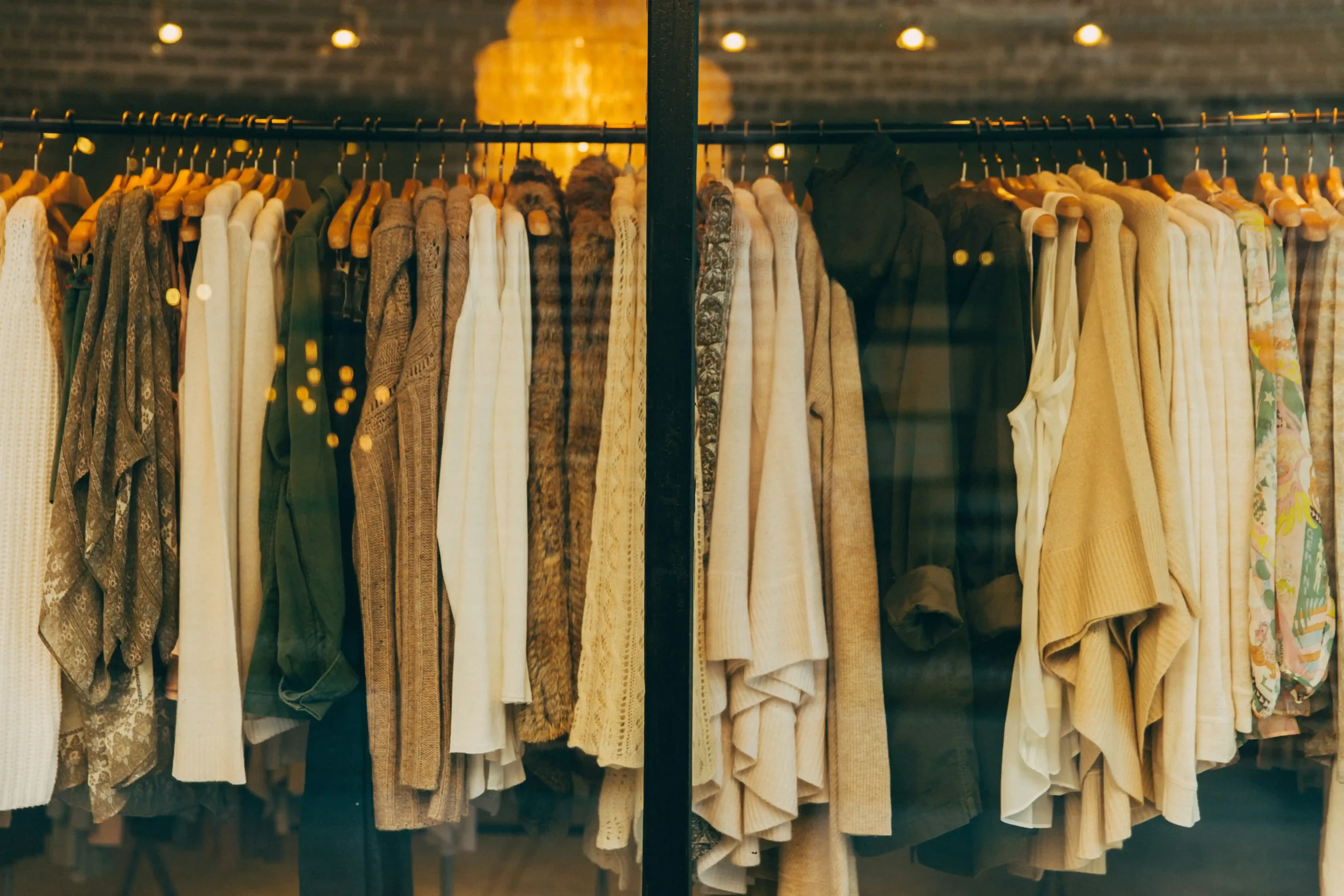Trending Clothes 2025: The Future of Fashion Unveiled
In a world where style meets innovation, 2025’s trending clothes are rewriting the rules of fashion. As of February 25, 2025, the global apparel market is projected to hit $2.25 trillion, driven by a fusion of sustainability, technology, and cultural shifts. But what makes this year’s trends revolutionary? From AI-designed eco-friendly fabrics to augmented reality (AR) shopping experiences, the fashion landscape is evolving faster than ever. This guide dives into the trending clothes shaping wardrobes and industries, equipping entrepreneurs and innovators with actionable insights to thrive. Whether you’re launching a startup, rebranding a legacy label, or simply curious about what’s next, discover how to harness these trends for lasting impact. Ready to decode 2025’s fashion revolution?
Key Insights: Why Trending Clothes 2025 Matter
The trending clothes of 2025 aren’t just about aesthetics—they’re a reflection of societal values. Sustainability dominates, with 68% of consumers prioritizing brands using recycled or biodegradable materials. For instance, mushroom leather and algae-based dyes are replacing traditional textiles, reducing carbon footprints by up to 45%. Meanwhile, tech integration is reshaping functionality: smart fabrics adjust to body temperature, while AR try-ons reduce returns by 30%. Luxury labels like Stella McCartney and emerging startups are leading this charge, proving ethics and innovation can coexist profitably. For marketers, aligning with these values isn’t optional; it’s essential for relevance in 2025’s competitive landscape.
Another critical insight is the rise of hyper-personalization. AI algorithms now analyze social media behavior and purchase histories to design custom pieces in minutes. Startups like DressX offer digital-only collections, allowing users to “wear” NFTs in virtual spaces. This blurs the line between physical and digital fashion, appealing to Gen Z’s demand for uniqueness. Entrepreneurs should note: personalization isn’t just a feature—it’s a $15 billion market opportunity. As trending clothes become more individualized, brands must balance scalability with bespoke offerings.
What’s Next: 2025’s Groundbreaking Trends
Expect 2025’s trending clothes to prioritize versatility. Multi-functional designs, such as reversible jackets and modular dresses, cater to eco-conscious consumers seeking fewer, better items. For example, Patagonia’s Re-Wear collection lets customers zip-and-unzip layers to create 12 outfits from one garment. Similarly, color-changing fabrics powered by light or heat are gaining traction—imagine a dress that shifts hues at a music festival. These innovations align with the “less is more” ethos, reducing waste while maximizing creativity.
Another emerging trend is adaptive fashion for inclusivity. Brands like Tommy Hilfiger and IZ Adaptive now offer magnetic closures, adjustable hems, and sensory-friendly fabrics, serving the 1.3 billion people globally with disabilities. This market, valued at $400 billion, remains underserved—making inclusivity a golden opportunity for differentiation. Meanwhile, retro futurism blends nostalgia with tech: think holographic ‘90s windbreakers or LED-embedded denim. By tapping into generational nostalgia, brands like Balenciaga and Diesel are driving viral moments.

Step-by-Step: Mastering Trending Clothes in 2025
To capitalize on trending clothes, start with research. Tools like WGSN or Trendalytics decode consumer sentiment, identifying rising patterns like “quiet luxury” or “cyberpunk minimalism.” Next, collaborate with tech partners. For example, integrate 3D design software like Browzwear to prototype garments faster, reducing waste by 50%. Then, adopt circular practices: H&M’s Looop machine shreds old clothes into new yarn onsite, appealing to eco-shoppers. Finally, leverage micro-influencers. A 2024 Nielsen report found nano-influencers (1K–10K followers) drive 60% higher engagement than celebrities. Partner with creators who embody your brand’s ethos to build authenticity.
For e-commerce brands, AR try-on tools are non-negotiable. Shopify’s latest data shows stores using AR see a 25% boost in conversions. Platforms like Zeekit let users virtually “try” outfits, slashing return rates. Meanwhile, blockchain ensures transparency: Provenance tracks a garment’s journey from farm to closet, reassuring buyers. To stay agile, adopt on-demand manufacturing. Startups like Printful produce items only after purchase, minimizing overstock. Remember, success in 2025’s trending clothes market hinges on blending ethics, tech, and consumer insight.
Real-World Wins: Brands Nailing Trending Clothes
Patagonia’s Worn Wear program exemplifies sustainable success. By selling refurbished gear, they’ve diverted 20,000+ tons of waste and grown revenue by 40% since 2023. Similarly, Gucci’s partnership with The RealReal promotes resale, tapping into the $36 billion secondhand market. On the tech front, Nike’s Cryptokicks—NFT sneakers unlockable via app—sold out in minutes, merging physical and digital appeal. These cases prove that trending clothes strategies must balance profit and purpose.
Smaller brands are thriving too. Copenhagen’s Ganni uses deadstock fabrics for 60% of its line, while Los Angeles-based Entireworld offers “forever basics” with lifetime repairs. Even direct-to-consumer (DTC) labels like Parade leverage TikTok trends—their #ComfyCore loungewear line went viral, boosting sales by 200% in Q4 2024. The lesson? Authenticity and adaptability are key. Whether through TikTok drops or blockchain trackers, winning brands engage customers where they are.
Trends to Watch: Beyond 2025
Looking ahead, trending clothes will embrace AI-driven customization at scale. Imagine subscription boxes where algorithms curate outfits based on your calendar and mood. Advances in lab-grown materials, like spider silk produced via fermentation, could revolutionize durability and sustainability. Additionally, “phygital” fashion—physical items with digital twins—will dominate, as Meta’s AR glasses make virtual styling mainstream. By 2026, 30% of apparel sales may involve digital components, per McKinsey.
Another frontier is climate-adaptive clothing. Researchers at MIT are developing fabrics that insulate in winter and cool in summer, ideal for our warming planet. Meanwhile, regulatory shifts loom: the EU’s Digital Product Passport mandates brands disclose supply chain data by 2027. Forward-thinking companies are prepping now, using trending clothes strategies to stay compliant and competitive.
Tools for Success: Staying Ahead in 2025
Entrepreneurs need the right toolkit to leverage trending clothes. For trend forecasting, platforms like Heuritech analyze social images to predict viral styles. 3D design tools like CLO streamline prototyping, while Loomery’s AI copywriter crafts product descriptions that convert. Sustainability metrics apps, such as Higg Index, measure environmental impact—critical for eco-conscious marketing. Lastly, Shopify’s Fashion Dashboard tracks real-time sales data, helping brands pivot quickly.
For influencers, apps like Dovetale simplify affiliate partnerships, turning fans into brand ambassadors. Meanwhile, blockchain platforms like VeChain ensure supply chain transparency, building consumer trust. In manufacturing, on-demand services like Sewbot offer automated production, reducing costs and waste. By combining these tools, brands can turn 2025’s trending clothes into lasting success.
Conclusion: The world of trending clothes in 2025 is dynamic, demanding a blend of ethics, tech, and creativity. From AI-powered personalization to climate-ready designs, the future belongs to brands that innovate with purpose. Whether you’re a startup or an established name, the key is to listen, adapt, and lead with values that resonate. Ready to redefine fashion? Dive into these trends, experiment fearlessly, and share your journey. The next big thing in trending clothes could be yours.










